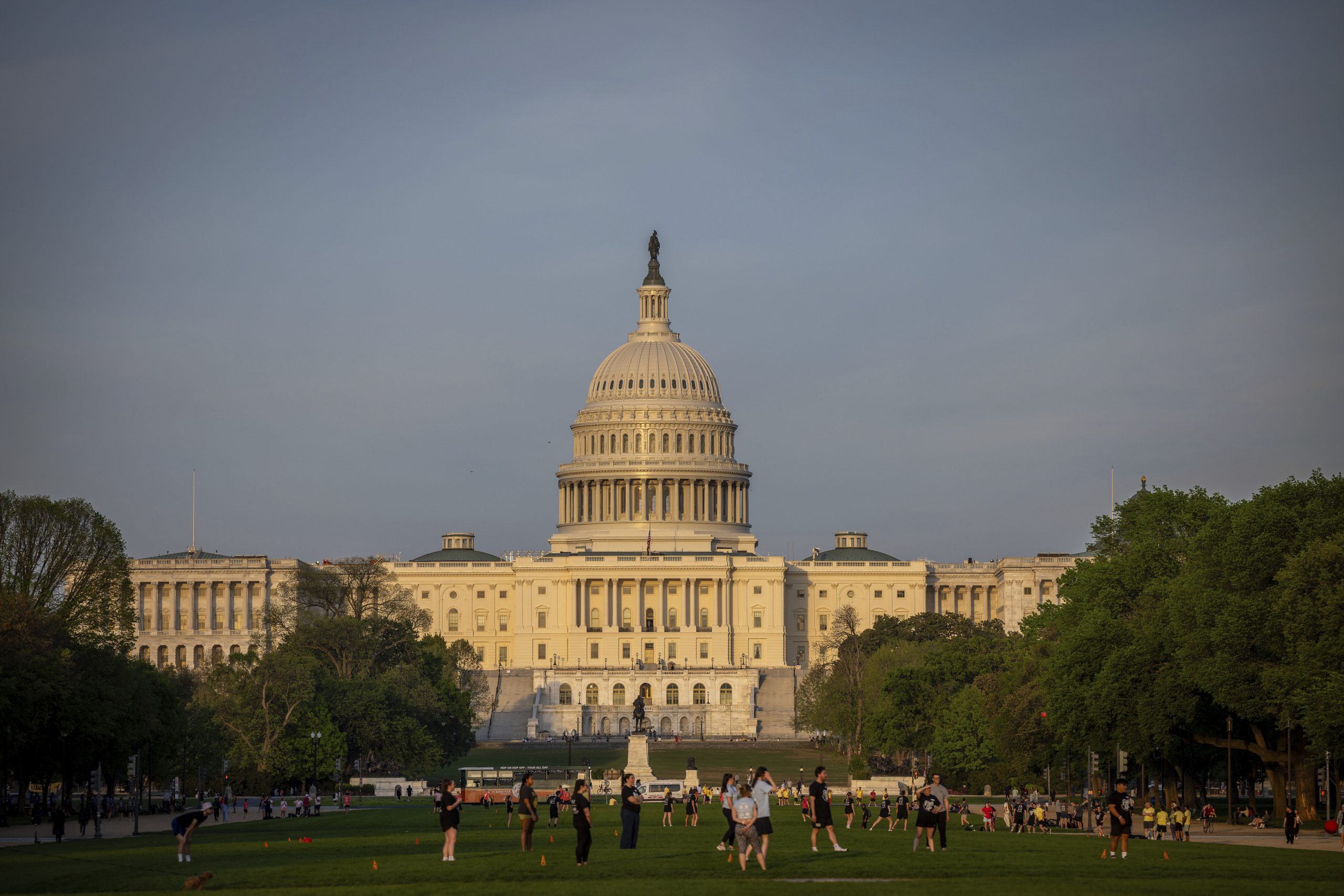Moody’s decision to join other major ratings agencies in downgrading the U.S.’s once-pristine credit rating could have a tangible impact on Americans’ wallets.
The agency has dropped the U.S. sovereign credit rating—an assessment of the country’s ability to pay its debts—down one level from the highest possible Aaa to Aa1. The decrease marks the third time a major ratings agency has downgraded the U.S. in recent years, following S&P’s decision to do the same in 2011 and Fitch’s in 2023.
[time-brightcove not-tgx=”true”]
The move on Friday caused little movement in the stock market, but experts say the rating dip could affect the economy moving forward. If a country is perceived as a bigger credit risk, its creditors will demand higher interest rates in exchange for lending to that country, potentially leading to higher interest rates for consumers and an uptick in inflation.
“Higher government debt means higher rates, making it harder for people to grow their financial foundation. This is where policy meets the paycheck,” says Preston Cherry, director of the Charles Schwab Center for Personal Financial Planning at the University of Washington–Green Bay.
Here’s what to know about the motivation for the downgrade—and what it might mean for you.
Why did Moody’s decrease the U.S.’s credit rating?
Moody’s cited an increase in government debt for more than a decade and “interest payment ratios to levels that are significantly higher than similarly rated sovereigns” as the reasoning behind its decision.
The rating drop is reflective of the reality of the U.S. government’s “unsustainable fiscal path,” says Katie Lingensmith, chief investment strategist at Edelman Financial Engines. The national debt has been sharply rising since the 1980s and experienced particular surges during the 2008 Great Recession and the COVID-19 pandemic—the latter of which saw spending increase by about 50%.
The federal debt currently stands at $36.22 trillion, according to the Treasury Department, compared to nearly $28 trillion in 2019.
Moody’s decision comes as Republicans weigh President Donald Trump’s “big, beautiful” tax and spending bill, which economic experts warn would further increase the federal debt by more than $2.5 trillion—though the White House has said it would save the government $1.6 trillion.
How could the downgrade impact Americans?
The dip in the U.S. credit rating indicates that ratings agencies believe the government is at a higher risk of default on its debt. While the U.S. rating still remains relatively high, the decrease may make investors more hesitant to lend to the government, and demand higher compensation for lending in the form of higher interest rates.
And those increased rates could be passed on to Americans: Because mortgage and other lending rates are tied to the yield on Treasury bonds, higher costs of borrowing for the U.S. government trickle down to higher costs of borrowing for consumers.
Both Treasury bond yields and mortgage rates have already ticked up in the days since Moody’s dropped the U.S. credit rating. Thirty-year bond yields climbed two basis points to just over 5%, while 10-year yields—which mortgage rates tend to track—also increased by two basis points to nearly 4.5%. At the same time, the average interest rate for a 30-year mortgage temporarily rose above 7%, per Mortgage News Daily.
Beside the increase in loan interest rates, Lingensmith also warns that the decreased credit rating may cause inflation.
Federal Reserve Chair Jerome Powell previously spoke about the risk of increased inflation in April, warning that Trump’s turbulent tariff policy could cause inflation rates to temporarily rise. Experts agree. “Markets don’t like what they can’t measure. And policy uncertainty, especially around government fiscal battles, tax policy, and potential shutdowns, is a volatility amplifier,” says Cherry.
Lingensmith adds that increases to the debt and higher government borrowing costs can also raise inflation risks.
“If the government struggles to service the debt and has to pay increasingly higher interest rates, this could be a burden on the overall economy, slowing growth,” she says. “Higher debt levels don’t automatically cause inflation, but they pose the risk of inflation through monetization.”

